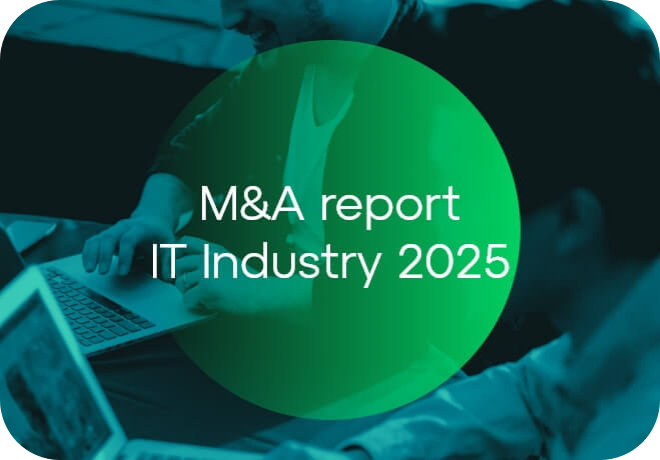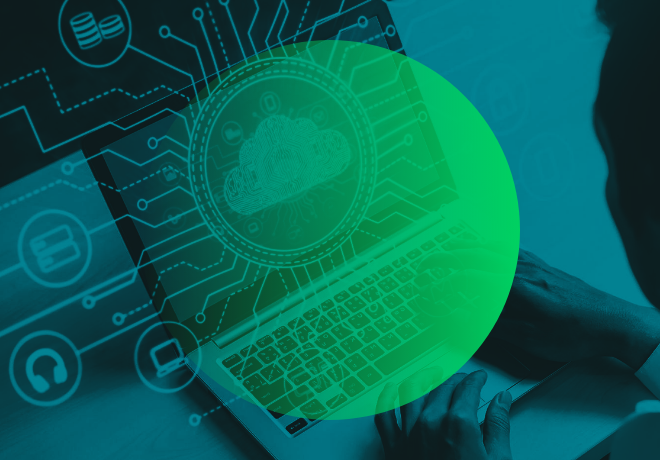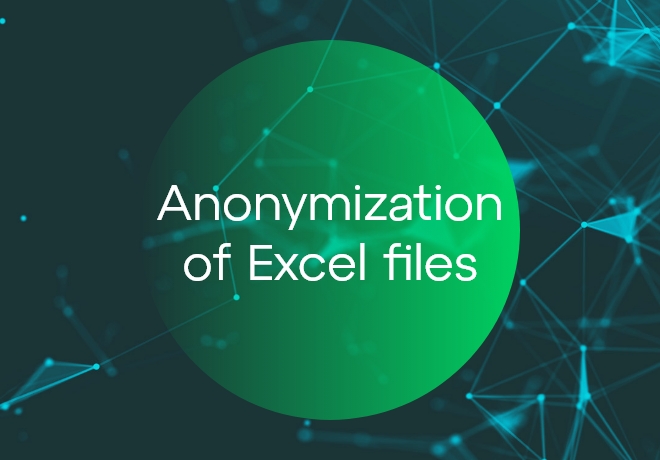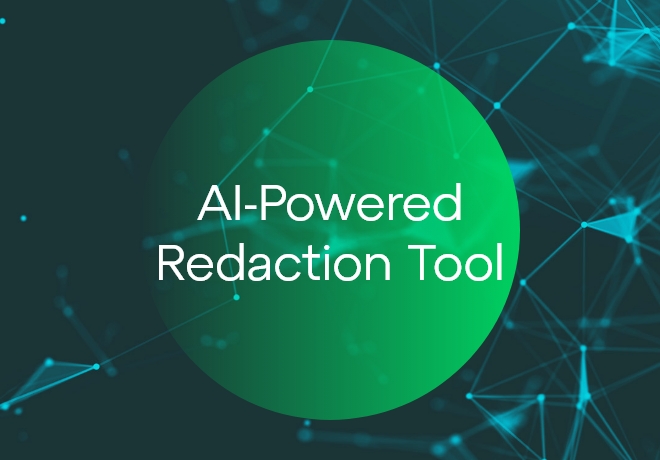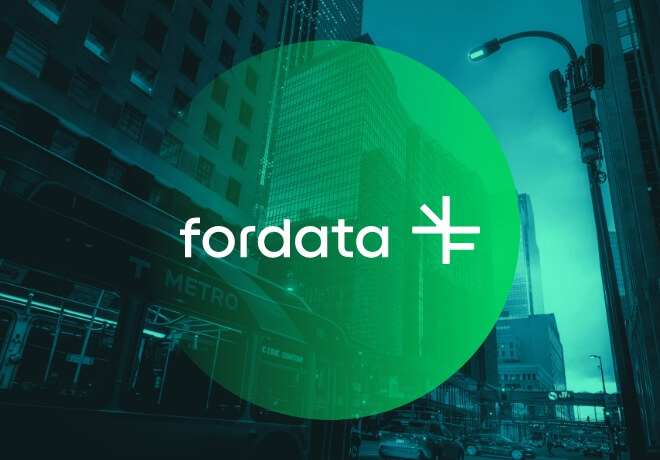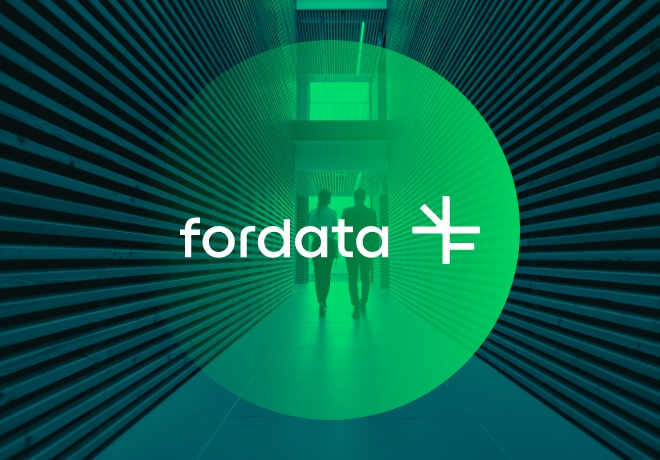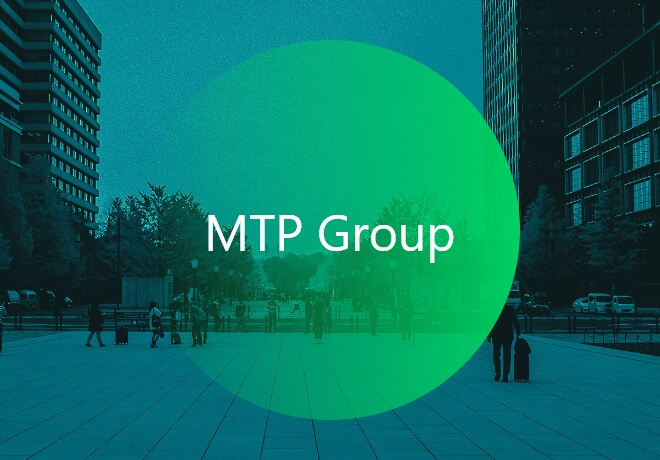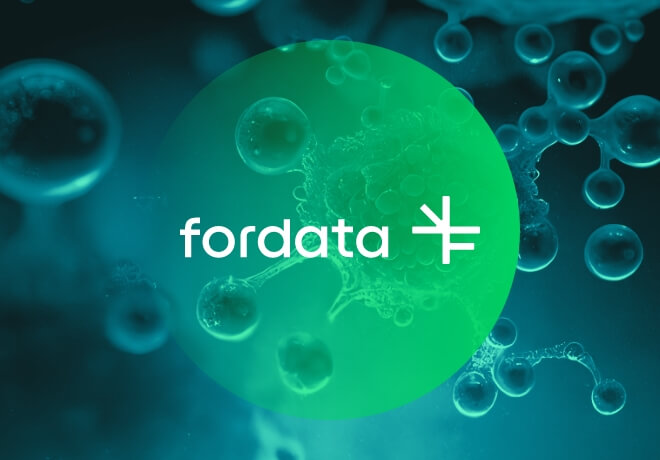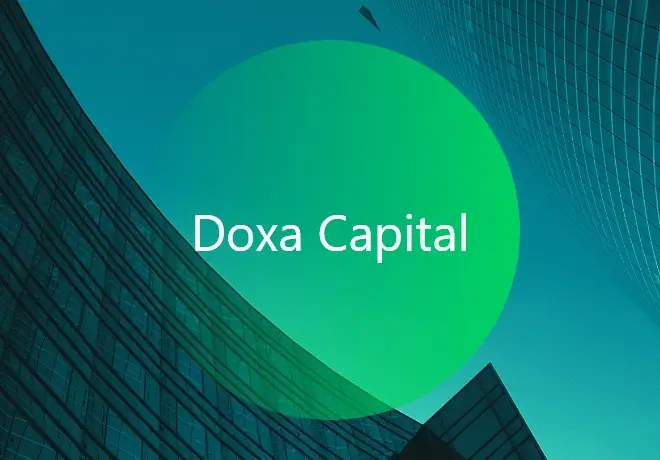09 . 12 . 2024
VDR How does a VDR help minimise risk and increase transaction value in the TMT sector?
09 . 12 . 2024
The TMT industry is one of the most frequently subjected to M&A processes worldwide. Despite this, technology companies use the Virtual Data Room (VDR) relatively less frequently in these transactions than other industries. In this article, we look at how the Virtual Data Room can help solve the challenges faced by TMT companies in M&A processes, and the benefits of using it.
The technology industry has dominated global M&A rankings for years in terms of the volume of deals conducted. The TMT sector was no different, leading the global M&A market in the second quarter of 2024, according to the Global Data report, with a total of 2,2138 deals worth $166 billion. Three of the top 20 global M&A deals during the period took place in the TMT sector. They were driven by areas such as AI, big data, cloud-computing and IoT.
There are several key reasons for such high M&A activity in this sector:
- The technology industry is characterised by leaps and bounds, making both investors and competing companies keen to acquire innovative startups and scaleups, seeing in them the potential for growth.
- Large and wealthy technology companies often engage in mergers and acquisitions in order to increase their market share and consolidate their position as industry leaders.
- Acquisitions of technology companies can provide access to valuable data and user bases, increasing growth potential in various areas.
- Technology giants often diversify their portfolios through mergers and acquisitions, reducing dependence on their core businesses.
Although M&A processes in the TMT sector involve large transaction values, there are still challenges that require effective management. TMT companies face several key issues:
- Accurate valuation of companies – due to the innovation of the industry, valuation can be difficult as traditional methods are not always precise enough.
- Speed of process – transactions must be carried out efficiently to minimise the costs associated with the process.
- Data security and control – in the process of exchanging information, especially in the technology industry, data protection and control are crucial.
Many TMT companies are coping with these challenges, but using the right tools can dramatically increase the efficiency of transactions. One solution that can help with this process is the Virtual Data Room.
Challenges of the TMT industry in relation to the VDR system
In the TMT sector, many companies use the Virtual Data Room (VDR) as a tool to support M&A processes. However, there is still a group of companies that choose to carry out such transactions without the support of this technology. IT companies, relying on their expertise and advanced tools, often choose to develop their own systems to handle transactions. They believe that their in-house resources will enable them to create effective solutions tailored to their specific business.
This approach is often the result of concerns that hinder the implementation of VDRs in M&A processes. These include:
- Data security – the fear of transferring confidential information to an external platform, particularly in terms of the possibility of leaks or unauthorised access.
- Capabilities of existing systems – the belief that existing in-house technology solutions can fully replace VDR functionality, leading to comparisons of their cost-effectiveness and efficiency against professional external solutions.
- Implementation costs – both financial and organisational, which may seem too high relative to the potential benefits, especially for companies with limited budgets for transaction support tools.
- Reluctance to labour – intensive implementation processes – fear of disruption to day-to-day business operations due to the need to integrate a new system
- Lack of control over the external tool – a sense of limited autonomy in managing data and processes within the VDR, which for technology companies used to building and controlling their own solutions can be a significant barrier.
How can a VDR help the TMT industry in M&A processes?
In short: a VDR offers a secure, efficient and compliance-compliant way to share documentation and conduct transactional communications, which is crucial to the successful completion of an M&A transaction. However, let’s answer the main concerns of TMT companies mentioned above.
Enhanced data security and confidentiality
TMT companies are often concerned about the risks associated with cyber security and the protection of data ownership. These concerns are legitimate, but it is worth noting that the Virtual Data Room (VDR) effectively addresses these concerns rather than exacerbating them. A VDR system, such as Fordata’s, provides 256-bit data encryption and meets international security standards such as ISO certifications. In addition, it uses regular penetration tests and security audits to ensure the highest level of protection. The server rooms where the data is stored are located in the European Economic Area, which means full compliance with the requirements of the Data Protection Regulation (RODO).
VDR systems also offer advanced features such as two-factor authentication, detailed access control and system traffic monitoring. These options ensure that data remains secure and always under the full control of the information owner. The ability to set detailed user permissions allows TMT companies to precisely manage access to sensitive information, eliminating the risk of unauthorised access and data breaches.
A streamlined Due Diligence process
While TMT companies often have sophisticated data management infrastructure, the VDR offers a centralised, easy-to-navigate repository that is specifically designed to meet the requirements of the Due Diligence process. It is a dedicated solution that enables the efficient management of large volumes of information and documents, which is beyond the capabilities of many in-house systems.
From a transaction adviser’s perspective, the adoption of the VDR as a standard tool highlights its key role in accelerating and simplifying the entire process. The widespread use of the VDR in transactional practice confirms its effectiveness. Advisers know how to use the VDR to make the Due Diligence process faster, more organised and less costly.
Effective collaboration and communication
TMT companies are often cautious about new software solutions, fearing that their implementation will require time-consuming changes to internal processes. However, the entry threshold for a VDR is low and implementation is quick and simple. VDR is a SaaS solution that offers an intuitive interface and features, making it an attractive alternative to traditional tools such as FTP servers, SharePoint, Google Drive or Atlassian solutions.
The VDR enhances communication and collaboration with a built-in Q&A module that enables easy exchange of questions and answers between parties. These features make the process of selling or acquiring a company more efficient. A key advantage of the VDR is the ability to conduct Due Diligence online, which significantly increases efficiency compared to traditional methods.
The main benefits of a VDR include:
- Dedicated support team available 24/7 who are well versed in the specifics of the project
- Easy one-click granting and revoking of access to documents
- Activity reports that show who has viewed a particular document, when and for how long
- Track Due Diligence progress and analyse investor intentions based on the documents they have reviewed
- Built-in document anonymisation tools and advanced search functions
- Online document translation functionality, enabling easy international collaboration and eliminating language barriers.
These features make transaction processes faster, more flexible and more accurate, allowing companies to better adapt to rapidly changing market conditions.
Choice of VDR provider
Selecting a VDR provider that addresses the specific needs and concerns of TMT companies is crucial to the quality of the proceedings. Our experience allows us to provide personalised support, tailored to the specifics of each transaction, which guarantees effective data management during due diligence, process optimisation and security at every stage of the collaboration.
For TMT companies embarking on M&A transactions, the Virtual Data Room can provide essential support in the document sharing process, ensuring quick access to data, better organisation of the process and precise tools for analysis and valuation of assets.
Did you like the article?

Ekspert ds. rynków finansowych Fordata, którego doświadczenie pozwala na efektywną współpracę z liderami branży M&A. Dynamiczny i konkretny, zarówno w biznesie jak i swojej pasji - piłce nożnej. Marcin dokłada wszelkich starań, aby VDR przyczynił się do realizacji celów klientów Fordata.
Do you want to exchange knowledge or ask a question?
Write to me : Marcin Rajewicz page opens in new window
Don't know how VDR works in practice?
TEST FREE TEST FREE-
01 . VDR vs. Popular Cloud Drives – 5 Key Differences That Matter in Business Transactions

Many organizations still believe that popular cloud drives such as Google Drive, OneDrive, or SharePoint are sufficient for sharing confidential documents.
27.08.2025
-
02 . FORDATA - Outstanding Customer Service!

At FORDATA, flexibility and a personalized approach to each client are part of our everyday work – we operate the way you need us to.
13.08.2025
-
03 . How Virtual Data Rooms Benefit Law Firms and Financial Institutions

Virtual Data Rooms benefit financial institutions and legal teams profoundly. See how a VDR can secure data management and compliance.
26.05.2025
-
04 . Challenges of Due Diligence: How Virtual Data Rooms Enhance Its Efficiency and Security

Virtual Data Rooms can turn Due Diligence into a safe and efficient process. Here’s what you need to know.
14.05.2025
-
05 . Top 10 Features To Look For In A Virtual Data Room For Due Diligence

What are the key features to look for in a VDR to streamline your Due Diligence process? Find it out in the article.
30.04.2025
-
06 . What is the difference between Cloud Storage and Virtual Data Rooms?

Cloud storage solutions and Virtual Data Rooms. How are they different? Which one is better to use for secure file sharing?
18.04.2025
-
07 . Pharmaceutical and Medtech uses of Virtual Data Rooms

Virtual Data Rooms have emerged as a crucial technological asset across various industries, including Life Sciences, chiefly due to their ability to offer secure, efficient, and reliable data storage and sharing capabilities.
08.04.2025
-
08 . Understanding Virtual Data Rooms: Key Features and Benefits

What features to look for in a Virtual Data Room and what benefits do they bring? Secure online Due Diligence is here.
03.04.2025
-
09 . Business, Secure File Sharing, and Virtual Data Rooms - The perfect combination

Learn why Virtual Data Room is the perfect tool for secure file transfer in a business environment. Protect sensitive information of your company.
26.03.2025
-
10 . What Is a Virtual Data Room (VDR) and How Does It Work?

VDRs removed the limitations of traditional data rooms, offering a secure online space where confidential data can be accessed by authorized users from anywhere in the world.
10.03.2025
-
11 . How to effectively choose a VDR supplier step by step

Choosing a Virtual Data Room provider is a decision that is crucial to the security, efficiency and flow of business transactions.
03.12.2024
-
12 . New Feature in Virtual Data Room: Online Document Translation in 59 Languages

Discover Fordata VDR’s new feature for instant, secure online document translation in 59 languages. Be prepared for international transactions and ensure the highest level of security and confidentiality.
28.08.2024
-
13 . When is it time for a VDR?

From merger and acquisition processes, to financial audits, to the acquisition of investors or the implementation of infrastructure projects, each of these activities requires not only precise data management, but also its protection from unauthorised access.
22.08.2024
-
14 . The formula for a successful M&A process

A successful M&A process is the result of a synergy of many components. Successfully executing a merger or acquisition can be the key to gaining a competitive advantage and even surviving in the market.
19.08.2024
-
15 . Serial M&A acquisitions in a nutshell - good practices and technology

Both serial and single buy-side M&A processes play an important role in companies’ development strategies. However, they differ in purpose, scale and approach, which determines their importance for the company.
15.07.2024
-
16 . The fastest VDR in the industry - new improvements in Fordata system

The June system update significantly accelerated the operation of key functions, ensuring even more effective work and speed of dealmaking. The new VDR engine enables smooth management of projects larger than 100 GB.
28.06.2024
-
17 . New feature - Excel file anonymization and more!

From now on, VDR’s built-in Redaction Tool will automatically anonymise documents in 18 different formats, including Excel, Word, Pdf files.
25.03.2024
-
18 . AI-Powered Redaction Tool - big premiere

Reduce redaction time and increase accuracy with artificial intelligence (AI) support. AI-Powered Redaction tool is available in Fordata VDR.
26.02.2024
-
19 . Can Microsoft One Drive or Google Drive replace VDR?

Can Microsoft’s and Google’s Drive replace VDR? Popular storage clouds are convenient but can they provide the same level of security?
29.12.2023
-
20 . Welcome to Our In-Built Redaction Tool

In-built Redaction Tool is here. Redact content right inside the VDR without sacrificing security.
30.10.2023
-
21 . Zero technical requirements - meet Fordata VDR 6.0

We have introduced new features to our Virtual Data Room system. Fordata Data Room version 6.0 is now available.
15.05.2023
-
22 . How does Avallon conclude investments with VDR?

How do #FORDATAteam help Avallon conduct the investment processes (including MBO, LMBO) and divestments more efficiently?
14.11.2022
-
23 . We protect the largest number of file types in the industry. How exactly?

FORDATA Secure Viewer now with the new file protection. Securely view DOCX, XLSX, JPG, PDF and more. We protect over 30 file formats.
17.09.2021
-
24 . How a pharmaceutical company optimized confidential data flow

Pharmaceutical companies of all sizes can optimize mulitple procesesses with one Virtual Data Room tool. How?
24.03.2021
-
25 . New functions in the Virtual Data Room system

In recent weeks we have implemented several new functionalities in the Virtual Data Room system. Thanks to them, viewing the structure of…
24.02.2021
-
26 . Tender under control - case study of MTP Group

Selling commercial real estate is quite a challenge. How to sell a plot of land faster, more conveniently and with full control?
16.10.2020
-
27 . Virtual Data Room in Life Sciences - supporting efficiency

Effective management in Life Sciences? Virtual Data Room means faster drug licensing, registration, strategic alliances and full data security and control.
21.07.2020
-
28 . Investment adviser accelerated the Due Diligence process

Doxa Capital uses the FORDATA VDR system to secure, simplify and accelerate Due Diligence processes. How did data room support the transaction’s success?
07.07.2020
-
29 . How to choose Virtual Data Room effectively?

Tailor VDR to your needs! What to look for when choosing a Virtual Data Room? Meet VDR Lite and perform an audit, restructuring or cooperate with the law office.
10.06.2020
-
30 . Virtual Data Room: Everything you need to know

What is a virtual data room? What benefits can we achieve by using the system in merger and acquisition transactions?
25.10.2017
-
31 . How can we help you with Due Diligence?

Time plays a major role in M&A transactions. Even the smallest improvement that saves time needed to prepare and perform Due Diligence…
10.03.2014

